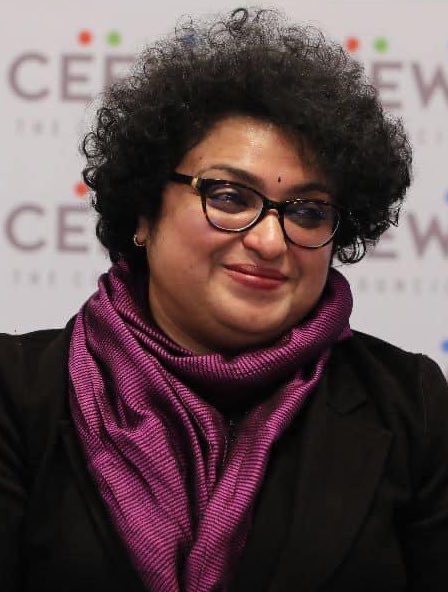Contributors
More »- 1
- 2
- 3
- 4
- 5
- 6
- 7
- 8
- 9
- 10
- 11
- 12
- 13
- 14
- 15
- 16
- 17
- 18
- 19
- 20
- 21
- 22
- 23
- 24
- 25
- 26
- 27
- 28
- 29
- 30
- 31
- 32
- 33
- 34
- 35
- 36
- 37
- 38
- 39
- 40
- 41
- 42
- 43
- 44
- 45
- 46
- 47
- 48


What’s a Shell Company?
06/09/2017


[Co-authored with Manya Nayar]
The Clinical Establishments (Registration and Regulation) Act, 2010 (Clinical Establishments Act) is facing resistance from the medical fraternity. The Indian Medical Association claims that the law will cause an increase in the cost of treatment and adversely affect small and medium size clinical establishments such ...

[Co-authored with Amandeep Kaur]
A climate responsive budgeting (CRB) for both adaptation and mitigation is a dynamic process in environmental federalism.* A promising framework for CRB has been evolving within the purview of the Public Financial Management (PFM) over the years across selected Asian and African countries including Morocco ...
